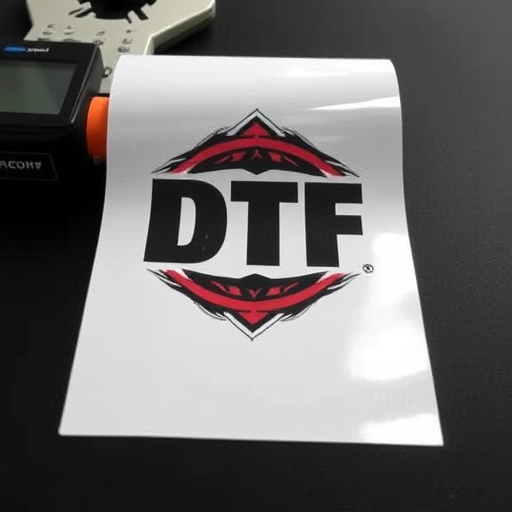Federal workplace injury laws, enforced by OSHA, protect workers and ensure fair compensation for injuries or occupational diseases. Understanding these laws is crucial for both workers and employers to promote safer work environments. When filing a claim, chronic pain sufferers can access treatments like headache relief, improving quality of life during the process. Recognizing and documenting occupational diseases, caused by job hazards, is vital; proactive vigilance includes tracking symptoms and work triggers. Navigating claims involves informing employers, gathering medical evidence, and filing formal claims with relevant government agencies, adhering to timelines and required documents.
“In the realm of federal workplace injury laws, understanding how to file an occupational disease as a workplace injury is crucial. This comprehensive guide navigates you through the intricacies of identifying and documenting work-related illnesses, and then walks you step-by-step through the claims process. By recognizing these diseases, proper documentation, and a strategic approach to filing, employees can ensure they receive the support and compensation they deserve for their on-the-job health issues.”
- Understanding Federal Workplace Injury Laws
- Identifying and Documenting Occupational Diseases
- Navigating the Claims Process for Work-Related Illnesses
Understanding Federal Workplace Injury Laws

The federal workplace injury laws are a crucial framework that protects workers across the United States. These laws ensure that employees who suffer injuries or develop occupational diseases while on the job receive fair compensation and support. The Occupational Safety and Health Administration (OSHA) plays a significant role in establishing safety standards and regulations, aiming to prevent work-related injuries and illnesses. Understanding these laws is essential for both workers and employers, as it clarifies rights and responsibilities, promoting a safer work environment.
When filing a claim for a federal workplace injury, it’s important to recognize that chronic pain relief and non-invasive treatment options may be available. Headache relief is just one aspect of the comprehensive care that can be provided to workers suffering from long-term health issues stemming from their job duties. These treatments can offer significant improvements in quality of life for those dealing with persistent pain or disability, ensuring they receive adequate support during the claims process.
Identifying and Documenting Occupational Diseases

Identifying and Documenting Occupational Diseases
In the world of federal workplace injury claims, recognizing an occupational disease is crucial. These conditions are typically caused or exacerbated by the work environment, leading to various health issues over time. It’s essential to be vigilant and proactive in identifying potential risks within your job duties. Back pain relief might seem like a temporary fix, but addressing the root cause, often tied to repetitive motions or prolonged exposure to hazardous factors, is key.
Thorough documentation is vital during this process. Keep detailed records of any symptoms, their onset, and possible triggers related to work activities. Medical professionals can play a significant role in diagnosing and confirming occupational diseases. Additionally, employing organizations should have established protocols for post-injury care, including access to specialized treatments like shockwave therapy, to aid employees in recovering from these work-related ailments.
Navigating the Claims Process for Work-Related Illnesses

Navigating the claims process for work-related illnesses can be a complex and challenging task. As with any federal workplace injury claim, the first step is to inform your employer about the condition and its potential link to job duties. Many employers have established procedures in place to support employees through this process. They may offer initial assessments or even suggest chiropractic treatment for conditions like neck pain relief, which could be a non-invasive approach to managing symptoms.
Once you’ve documented the issue and initiated discussions with your employer, the next step is to gather medical evidence. This includes obtaining detailed records of your symptoms, diagnostic tests, and expert opinions linking your work environment to your health condition. With this documentation, you can file a formal claim with the appropriate government agency responsible for handling federal workplace injury cases. Understanding timelines, required forms, and necessary supporting documents is crucial for ensuring a smooth claims process.
Understanding federal workplace injury laws, identifying occupational diseases, and navigating the claims process are essential steps in addressing work-related illnesses. By familiarizing yourself with these aspects, you can ensure a comprehensive approach to filing a claim for an occupational disease as a workplace injury. Remember that timely documentation and a systematic understanding of the legal framework are key to a successful outcome.














